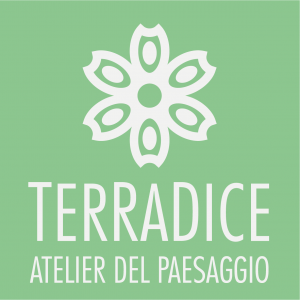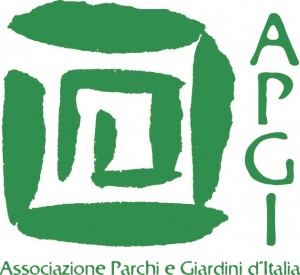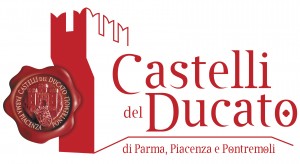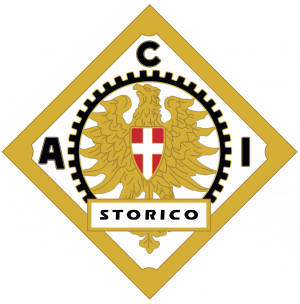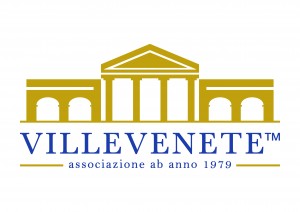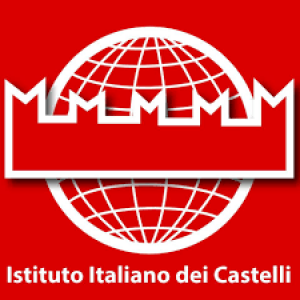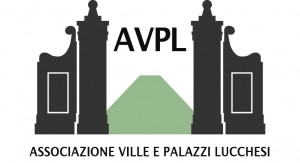DIMORE STORICHE ITALIANE
un viaggio alla scoperta del più grande museo diffuso d'Italia
Abbiamo selezionato per te
Scopri i luoghi più belli d'Italia da visitare
L’Italia è un paese meraviglioso tutto da scoprire, ricco di luoghi inesplorati e fonte di infinite ispirazioni per i viaggiatori alla ricerca del vero turismo esperienziale. Se stai cercando una meta per un viaggio di coppia, con la tua famiglia o da single, ti offriamo numerosi suggerimenti di territori d’italia che ti permetteranno di pianificare al meglio la tua vacanza, un weekend o anche una semplice gita fuori porta.
Dimore Storiche Adsi
Tutte le dimore storiche qui presenti sono valutate e approvate dall’A.D.S.I, Associazione Dimore Storiche Italiane, che ne garantisce il valore storico artistico architettonico. L'ADSI riunisce i proprietari di immobili storici di tutta Italia: case e palazzi, ville e castelli, parchi e tenute agricole,... Ognuno di questi beni eccezionali ha una propria identità, unica per la sua storia, per il suo valore culturale e per lo stretto legame con il proprio territorio.






